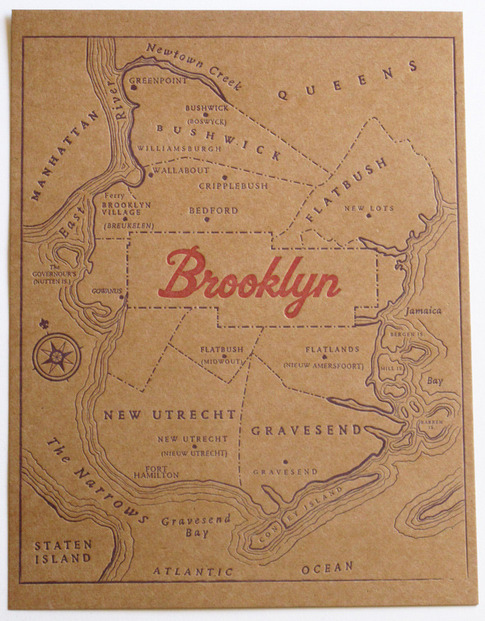
“Every city is simultaneously a seedbed of novelty and a hothouse of nostalgia, and modern New York presents a daily dialectic of progress and loss. As Colson Whitehead notes in “The Colossus of New York,” you become a New Yorker — or perhaps a true resident of any place, whether you were born there or not — when you register the disappearance of a familiar spot. “You swallow hard when you discover that the old coffee shop is now a chain pharmacy, that the place where you first kissed so-and-so is now a discount electronics retailer, that where you bought this very jacket is now rubble behind a blue plywood fence and a future office building. Damage has been done to your city.” But this subjective landscape of memory and desire is built on an infrastructure of social and economic reality, on the concrete facts of race and class that Mr. Lee insisted on pointing out.
New Yorkers, like most Americans — white, upper-middle-class Americans in particular — prefer to address such matters through an elaborate lexicon of euphemism and code, speaking of “good schools,” “sketchy” blocks and “improvements” in the retail and culinary amenities. National politics has a tendency to revert, in the age of Obama, to the shadow language of white supremacy, with its rhetoric of laziness, dependency and cultural pathology. The word “class” is uttered sanctimoniously when preceded by “middle” and scoldingly when followed by “war” but is more often swallowed up in numbers and abstractions. We’d much rather talk about the 1 percent or the 47 percent, inequality or envy, diversity or opportunity than about labor, wealth and power. But maybe Brooklyn is a place to start, and perhaps culture, rather than politics, is a more fruitful area of investigation. The name of New York’s most populous borough does not signify what it used to, and embedded in that change of meaning are some clues about the current state of our old friends the cultural contradictions of capitalism.
The new Brooklyn is easily mocked — and almost as easily embraced — as a utopia of beards, tattoos, fixed-gear bikes and do-it-yourself commerce. Everyone is busy knitting, raising chickens, distilling whiskey, making art and displaying the fruits of this activity in pop-up galleries and boutiques, farm-to-table kitchens and temples of mixology. “Brooklyn” might as well be a synonym for the Portland of “Portlandia,” or for the sweet, silly, self-important, stuff-white-people-like Gestalt that television series has come to represent. Its ethic is both countercultural and entrepreneurial, offering an aesthetic of radicalism without the difficult commitment of radical politics. The tension built into the “Brooklyn” brand is that it’s both a local, artisanal, communal protest against the homogenizing forces of corporate culture and a new way of being bourgeois, and as such participating in the destruction of non-middle-class social space. Its rebellious energies are focused largely on restaurants, retail and real estate.
Not everyone in Brooklyn has a chin-strap beard or a sleeve tattoo or a home bacon-curing operation, of course, but with remarkable speed this image of a county of 2.5 million people has become a global brand. And it has almost entirely displaced an older Brooklyn, whose image was once almost as pervasive.”